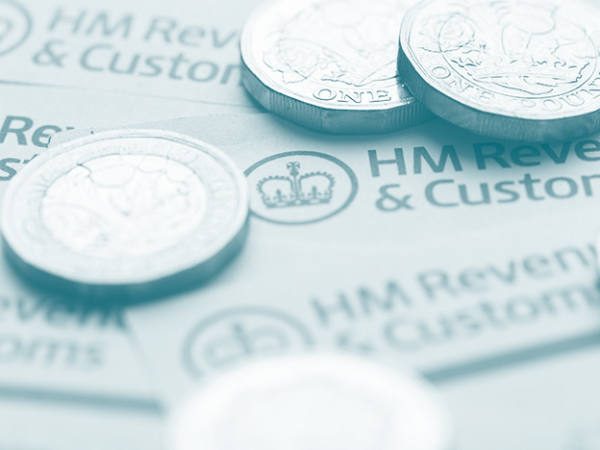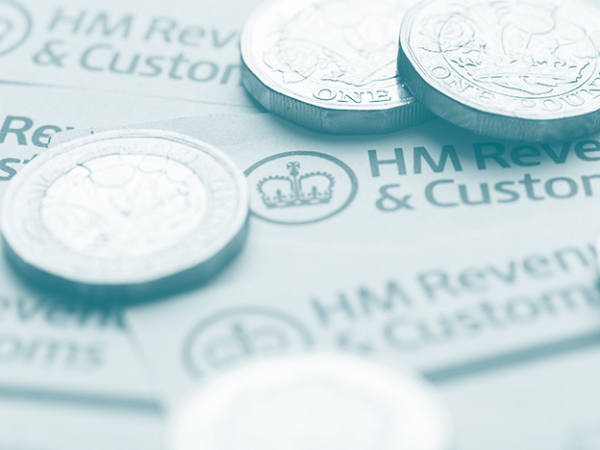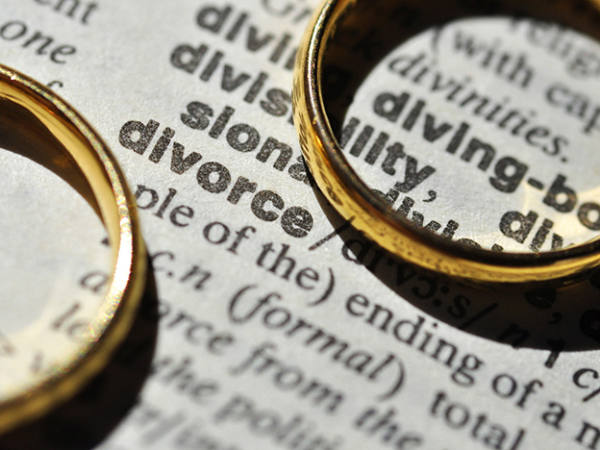I am a retired police officer, and receive a police pension and the state pension. I made contributions to a self-invested personal pension (Sipp) for about 10 years but recently stopped doing this because I have reached age 75.
I could take 25 per cent of my £46,000 Sipp – £11,500 – as a tax-free lump sum. But will it actually be tax-free? If taking the lump sum pushes me out of the lowest tax bracket into the next highest band, will I be liable to pay more tax? If this is the case, would it be better to take a smaller amount and remain in the lowest tax bracket? GS
Barrie Dawson, pensions specialist at M&G Wealth, says:
There is an upper limit on the amount of pension commencement lump sum, more commonly known as tax-free cash, available when you take benefits from your Sipp. In broad terms, tax-free cash is limited to the lower of 25 per cent of the value of your 'uncrystallised' – untouched – Sipp and 25 per cent of your available lifetime allowance (LTA). There must be sufficient LTA available to pay tax-free.
When you reached age 75, your uncrystallised Sipp benefits would have been automatically tested against the LTA. The funds technically became 'crystallised' at that point. However, you ignore this age 75 test to determine the LTA available for the purpose of working out the upper limit for paying tax-free cash.
To work out what tax-free cash may be available, you need to know the amount of LTA used when you took your police pension benefits. The police pension scheme should have provided you with a statement confirming this. If you have a protected LTA that is also a factor.
You have not supplied this information but, as an example, if your police pension used 95 per cent of the standard LTA at the time because you don't have LTA protection, in simple terms you would still have 5 per cent of the current LTA of £1,073,100 available, which equates to £53,655. So if your Sipp is valued at £46,000 you would be able to receive tax-free cash worth £11,500.
As another example, if your police pension has used 97 per cent of your LTA, your unused LTA would be £32,193 (1,073,100 x 3 per cent) meaning that you could only receive tax-free cash of £8,084.25 (£32,193 x 25 per cent). Or if your police pension used all your LTA you wouldn’t be able to take tax-free cash from your Sipp.
If you have sufficient LTA to take 25 per cent of your Sipp as tax-free cash it will be paid tax-free and won’t impact the taxation of your other income. However, it’s what you do with the balance that’s relevant for income tax purposes.
When you take tax-free cash from your Sipp, you’ll need to decide whether to use the remaining 75 per cent to purchase an annuity or designate it as flexi-access drawdown. If you purchase an annuity, you will receive pension income taxable at your marginal rate. Whether annuity income would push you into a higher tax bracket would depend on the level of annuity that you secure.
If you designate it as flexi-access drawdown you can decide whether to take income. Any income taken will be taxed at your marginal rate. Alternatively, you could leave the funds to grow in a tax-efficient environment if you don’t need the income at that point. The advantage of flexi-access drawdown is that you have control over the level of income you receive so can ensure that the amount you take doesn’t push you into a higher tax bracket.
A third option, assuming you have sufficient LTA, would be an uncrystallised funds pension lump sum (UFPLS). With this, 25 per cent of what you take is paid tax-free and the remaining 75 per cent is taxed as pension income. The problem with taking the full Sipp as an UFPLS is that you would receive a taxable lump sum payment of £34,500, based on the Sipp's current value, which might push you into a higher tax bracket. However, it’s possible to take smaller UFPLSs in order to manage the taxable element of the payment. But a smaller UFPLS means a smaller tax-free payment.
There’s no one-size-fits-all solution and a number of details relating to your circumstances, which you have not disclosed, need to be known to help you make the right decision. For example, although taking tax-free cash from your Sipp sounds attractive, do you need it? If not, it might be more tax-efficient to keep it in the Sipp. And any tax-free payment will be brought into your estate for inheritance tax (IHT) purposes, making it potentially liable to IHT [if you have used up your allowances]. So it might end up being taxed.
As there are many things to consider, I suggest speaking to a financial adviser who could assess your circumstances, and recommend a strategy that meets your needs and objectives.











